
Sign up for The Wanderful newletter
Join our growing community of people looking to live the simple life!
Let’s build your van now
Join our growing community of people looking to live the Simple Life




)
It is a genuine concern and one that can have consequences if you ignore a few key indicators. That’s why it’s a good idea to make a mental checklist of the important things to monitor when you’re on the road.
Here’s a gist of what this article covers:
Let’s get right into it.
An overall health check of your vehicle can help you determine whether it is ready for a long journey. Once you’re on the road, you might find that you’re due for a service in an area that doesn’t have someone that can service your van, or has long wait times.
You can keep an eye on the following to get a pulse on how well your van is faring.
Oil Replacement
A good estimate is every 3,000 – 5,000 miles with conventional fuel. Check for signs of dark muddy oil or oil smell in the interior.
Air Filter
Every 15,000 miles would do the trick on average. Look out for engine noises and poor performance.
General Service
This can help you assess your van’s health with basic checks on fluids, brakes, and filters.
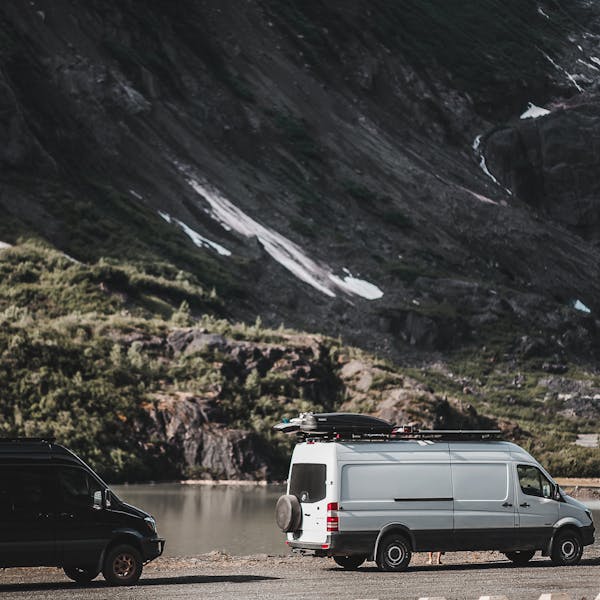
Many people underestimate the value of your Diesel Exhaust Fluid (DEF). However, it turns out it is vital for a diesel sprinter van.
Here’s what you need to know about it:
Tire rotation is another factor that many van drivers often ignore. You should rotate your tires per your manufacturer’s manual.
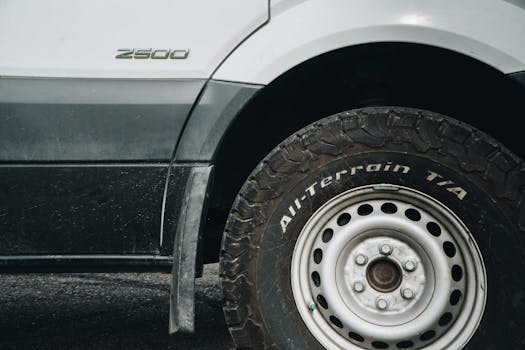
Pro Tip: Some drivers upgrade their main tires to offroad tires without upgrading their spare tires. You can increase the life of your tires by upgrading the spare tire and using a five-tire rotation rather than a four.
As an example, I always upgrade my spare tire and include that in a five-tire rotation instead of a four. I ended up getting 100,000 kilometers out of a set of BFG K02 tires which is huge!
Batteries are sacred for all van lifers, and you need to make sure yours are up to the mark to get the most out of them. Let’s talk about monitoring AGM vs Lithium batteries.
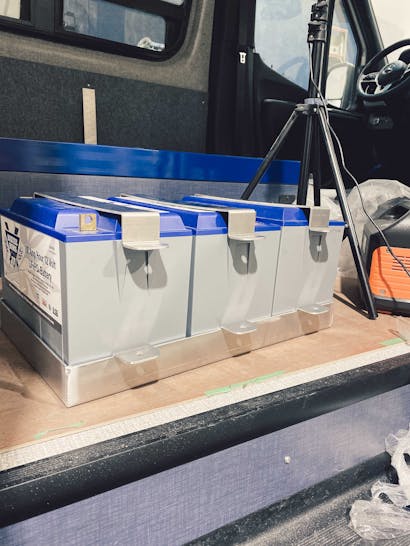
On the other hand, Lithium batteries are my go-to option even though they cost more. Let’s see how they compare.
I prefer lithium batteries over AGM batteries as they last longer and provide a much higher value.
When it comes to battery levels, a lot of vanlifers will start to panic when they start to get around the 50% mark. Keep in mind that if you have proper alternating charging set up, a good day’s drive will charge the battery back up.
View this post on Instagram
Much like batteries, after traveling in your van for a short while, you’re going to really understand how much energy you use in a day and what your average solar power consumption is.
On my last van, I had 520W of solar. An amazing solar production day for me was something above 100 amp hours created off the solar. A bad day was in the 30-40Ah range. On days when I was parked away from the sun or my panels were covered in snow, I could expect to produce 0Ah.
With my 520W of solar and my 330Ah of AGM lithium, which I could use 50% of, I rarely found myself needing to charge up. That being said, you do become hyper-aware of using power.
Here’s how you can clean solar panels in 2 easy steps:
Ideally, you should clean your solar panels every six months.


Monitoring the water level is important to make sure you have ample supply before your next opportunity to refill.
There are several ways to do that.
Observing Visually
If you have an open water storage tank, you can simply observe the level of water by looking. This is a cheap and convenient way of having a rough idea of how long the water will last.
Using a level sensor and gauge
You can also choose this relatively simple option and install a level sensor in your water tank. This combination comes in a variety of different lengths and is easy to install and use.
Utilizing a smart water tank monitoring system
If you are interested in a digital water monitoring system, you can install something like the RedArc Revision which is a Total Vehicle Management System. Among other monitoring solutions, this system includes an app through which you can observe your water level, get custom alerts, and pump control functionality.
Pro-tip: I always advise people to be efficient with their water usage; for example, using a low-flow shower head can help you save a good amount of water.
Another thing to monitor is your water tank cleanliness. It’s easy to forget about your water storage tank once you have filled it, but you need to be careful of bacteria and mold. I will advise you to at least clean out your water tanks once every 4-6 months.
Here’s how I clean my tank:
As you drive your van through the country, many items that are held together with fasteners will start to loosen. You should check these items every few months to ensure that everything is fixed and there are no loose ends.
Some items that tend to get loose pretty quickly are listed below. I always keep a sharp eye on these as they can quickly become a pain.
Cabinets and Doors
Cabinets and doors tend to loosen quickly, especially on rough terrains.
Water Fittings
Water fittings can also start loosening and result in low pressure and drainage problems.
Tanks Straps
Tank straps hold the fuel tank under your van, and you must fasten it from time to time.
Rack Mounts
Rack mounts can also loosen over time, leading to unsecured baggage on the roof.
A coolant (also known as antifreeze) helps regulate the temperature in the sprinter van. You should keep a pulse on your coolant and replenish it if it is lower than the recommended level. It’s suggested to replace it every 30,000 miles or two years, which keeps the coolant up to date, especially if you drive in extreme weather.

Both your backlights and front lights should always work well. You should look for fused bulbs or shattered glass that may hurt your visibility at night or in bad weather. If you have installed an off-road light and are planning to go camping, you should double-check that light as well to avoid any last-minute surprises.
Similarly, if you are expecting rain on your way, you should check your front and back wipers. If the wipers make a lot of noise, lubricating them is a good option.
This may seem obvious, but keeping the tire pressure optimal is crucial. You don’t want to deal with tire punctures or bursts on the road. If you like to take off on rough terrains, you should keep the tire inflation at the recommended level. The optimal level is 50psi for the front tires and 80psi for the back ones, depending on the size and year of your van.
Pro tip: Most vans come with a sticker on the inside of the driver’s door. The sticker mentions the recommended tire pressure for your van.
Now that you have a decent idea about how to go about monitoring essential items in your van, I hope you’re van continues to be well-maintained and you’re able to enjoy a peaceful camping trip or cross-country journey.
Here I have summarized the key takeaways that will help you keep your van in good shape.
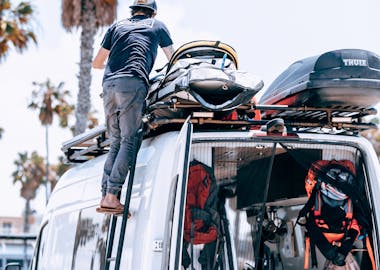)
Whether you want to incorporate all the comforts of home into the van, or you’re gearing up for some adventurous offroading, you may find yourself with a long wishlist of upgrades for your van.
)
Wondering what to pack for van life?
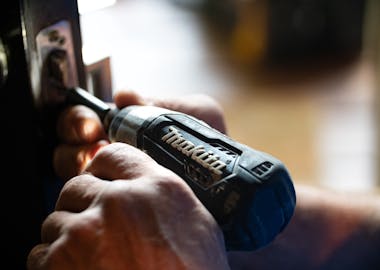)
Are you about to kick off a journey of learning how to convert a van into a camper? Read this before wandering down the aisles of your local hardware store!